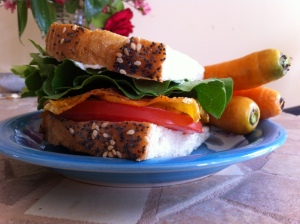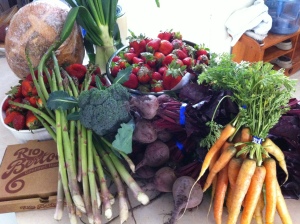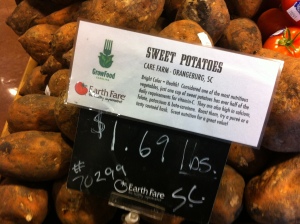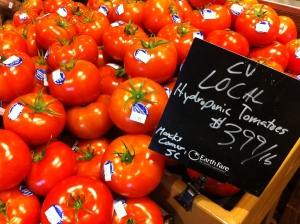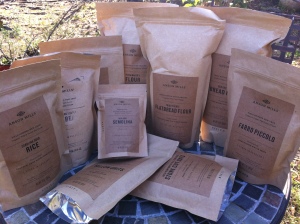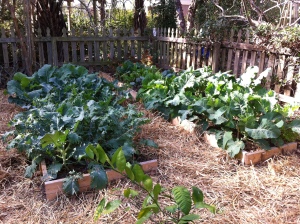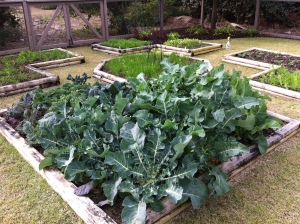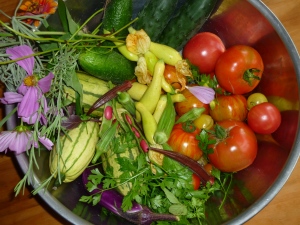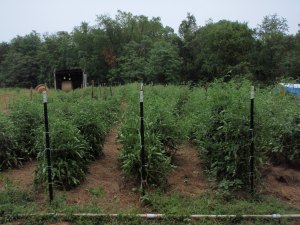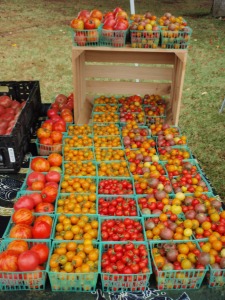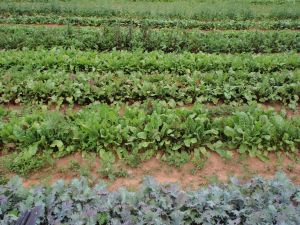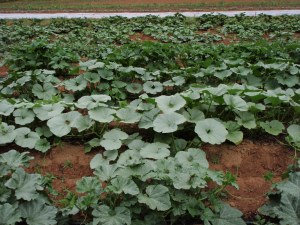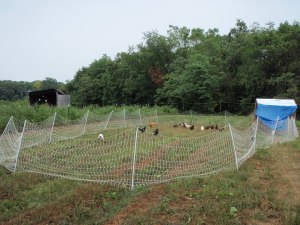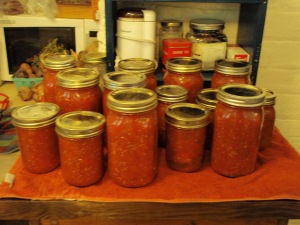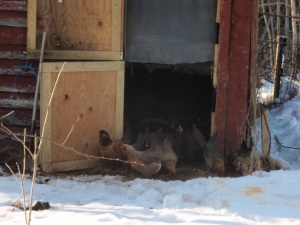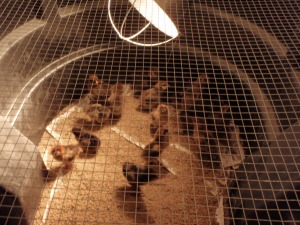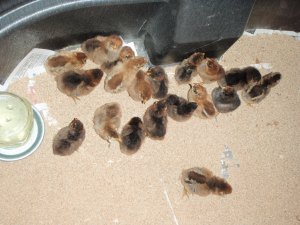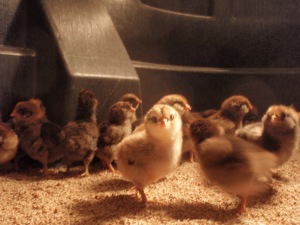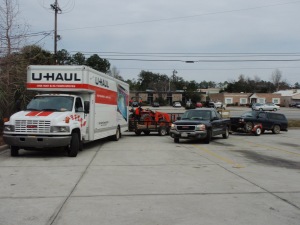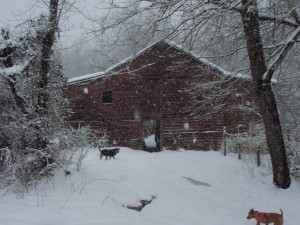They say is takes 28 days to form a new habit. It’s true – I can’t imagine eating any other way after this month of purchasing and preparing all local ingredients for my meals. Not only is it a joy to know exactly where and by whom my food was produced, knowing my dollars stay in my community and support people who are loving the land, but I feel physically healthier and have even dropped a few pounds as an added bonus! Can’t forget how fun it is to be creative in the kitchen – April consisted of some of the best meals I have ever eaten. Along with the food challenge, was the time challenge – April is my busiest month of the year, but I was still able to pull this off on the go.
Some highlights:
Breakfast every morning consisted of a smoothie with rotating ingredients of Strawberries, foraged Loquats, Green Grocer Raw Milk, Anson Mills Oats, Honey, Pecans, Frozen Blueberries and Blackberries from last year’s harvest, homegrown Spinach and Romaine and Sol Haven Farms Kale. Greens in a smoothie, you say? Yes, you can hardly taste them! A great way to get more veggies in your diet. Can’t forget the Charleston Coffee Roasters Coffee with Raw Milk and Honey.
Lunch on the go: again, a rotating combo of Normandy Farms Bread, Meathouse Smoked Ham, Glass Onion Pimento Cheese, Kurious Farms hydroponic Tomatoes, homegrown Spinach and Lettuce, Meathouse Bacon (BLTs!), and seasoned, thinly sliced, roasted Rutabegas as a bacon substitute (RLTs!)
Snacks: homegrown Sugar Snap Peas, Carrots, Raw Milk, Nicole’s Nutty Goodness, Kale Chips, Boiled Peanuts, Hard-boiled Eggs and whatever roasted veggies were leftover from the previous night’s meal.
Dinners in House: Thankfully I have a wonderful boyfriend who helped me out preparing beautiful meals of wild SC game from Venison to Doves and SC seafood from Oysters to Shrimp along side Anson Mills Grains, Rio Bertolini’s Pasta, and an abundance of fresh vegetables – Asparagus, Greens, Onions, Peas – from Rosebank Farms where he works the fields daily, and the Dirtworks Incubator Farm – Sol Haven Farms, Fiddle Farms, Spade & Clover Farms, and Compost in My Shoe – Fava Beans, Carrots, Spinach, Swiss Chard and Kale.
One of my favorites was a Sunday meal prepared for friends and family:
homegrown Sugar Snap Peas (appetizer)
Cajun Boiled Peanuts from the Farmers Market (app)
Pan-seared SC Venison tenderloin
Spade & Clover Braised Fava Beans
Roasted Beets, Carrots and Spring Onions
Homegrown Romaine Salad brought by my Garden Clients and dear friends Helen and Steve
Homemade Artichoke Relish
Strawberry and Loquat Crisp
WOW!!
My second favorite was the Oyster Chowder:
Johns Island Oysters
SC Shrimp from the freezer
Green Grocer Raw Milk
Happy Cow Creamery Butter
Rosebank Farms English Peas and Spring Onions
Sol Haven Farms Green Garlic
Meathouse Bacon
Kurious Farms Tomato
homegrown Oregano
We also dined out on the town: Stars, Ordinary Oyster Bar, EVO Pizzaria, Chez Fish and the Glass Onion.
With food this good, why go back to the box stores? Each week, I brought my cash to the Farmers Market in Marion Square and stocked up. Once I figured out what to eat and where to get it, the stress of my next meal went away. Suddenly the fridge was stocked and it was time to get cooking!
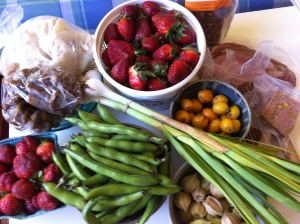
Farmers Market Haul with Ground Cherries from a friend’s garden, foraged Loquats, Coutry Pate and Pork Rinds
I love this challenge and I encourage people to try it, no matter what month it is!
